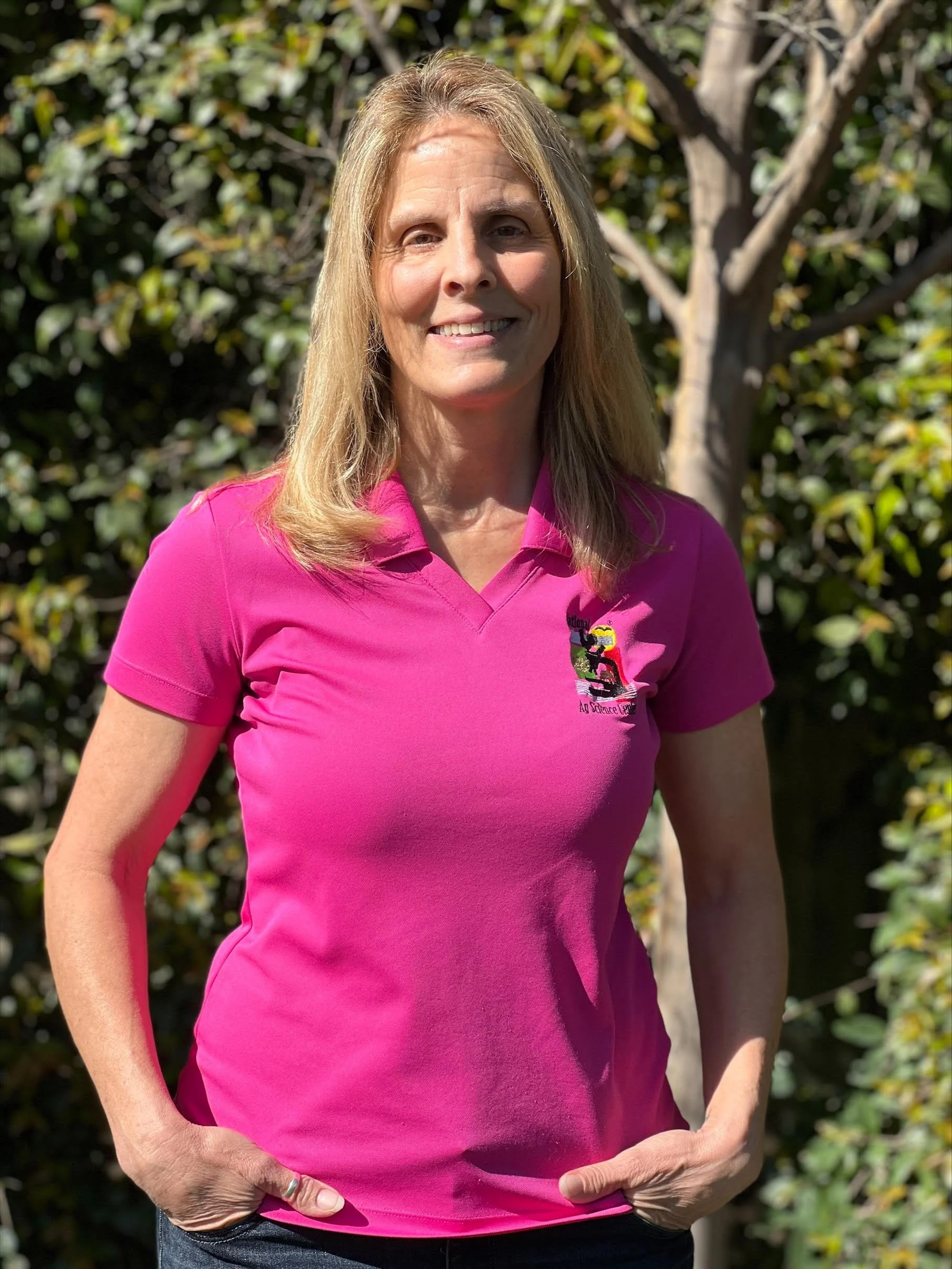Education and Agriculture Merge for Modesto Executive
By Kristin Platts, Contributing Writer
Born in Minnesota, Emily Lawrence, 53, has lived in Modesto, California for most of her life. A public school educator for more than 25 years, Emily knew little about agriculture when she was approached in 2016 by the National Ag Science Center to become its executive director. NASC, which partners with educational institutions in the San JoaquinValley to engage students in ag and science education, wasn’t the traditional classroom setting Emily was used to. But after considering the offer, she took a leap and accepted the position.
Emily’s transition into ag science education turned out to be a perfect fit. Building on the foundation left by her predecessor, she developed her own vision for NASC and grew its programs exponentially. She expanded the organization’s outreach from elementary students to students through college.
Since taking her place at NASC, Emily has taken the organization's community involvement even further by partnering with California State University Stanislaus in Turlock, to establish the Ag Science Center at the university. Her mission is to increase the footprint of agricultural education among kindergarten through college level students in the Central Valley. After nearly a two-year hiatus due to COVID-19, NASC and Stan State have been able to resume their plans for 2022 and beyond.
We recently caught up with Emily to talk about her role in agriculture and what it’s like trying to bridge the gap between ag education and agtech despite the public’s disconnect with agriculture.
Q: What are some of the biggest challenges facing agriculture today?
A: One of the biggest complaints I deal with in agriculture is that the good talent leaves the area. One of the first things I approached agriculture with because I had an education background was, how do you let students know opportunities are here in agriculture? I have tried to address this with an increase in outreach and awareness, but it is still very much an issue. Getting industry engaged and connecting industry with students looking to form their career pathways is a step I work on in everything I do. There is still a lot of work to be done, however.
My goal is to at least create some awareness … make it clear that there are opportunities, that this is a good career path. In addition, students need to know what the steps in the ag career ladders are. Ag is not as clear cut as some other industries (or) professions and I think that makes students less likely to get engaged or consider it as an option.
Q: How much agtech is involved with what you do?
A: Agtech is a huge part of it, because when you talk to students about ag, and I say, ‘How many of you are interested in ag?’ and this applies everywhere from third grade to college, very few hands go up. The students who are interested in ag are from ag, and they know about ag. The students who are not interested in ag think that it’s that dirty farmer on a tractor kind of a thing. As soon as I start talking about agtech, even about drones, then all of a sudden I have everyone’s attention. So agtech has been something that’s growing exponentially. It’s one of the fastest growing technologies in the world, but in education, people don’t really know about that. Since I’ve gotten into this, I’ve found out how much agtech is in everything from the soil moisture probes that regulate how water is used to precision irrigation. All those things are tech. It’s being used everywhere. I think part of growing that agtech sphere is getting students to understand what’s going on with the tech, where it’s happening, which is all over, and then how do they get into it?
Q: Do you feel like you’ve run into challenges in the industry because you’re a woman or do you see unique challenges for women?
A: Probably not because I’m a woman, probably just because I have so little background knowledge about the ag industry. I will say that there are a lot more women in ag than I would have imagined. I feel like there are a lot of missed opportunities … (there are) some very closed loops within agriculture of networking and it’s kind of hard to break into that sometimes.
Q: What would it take to get more young women involved in agtech?
A: There are much larger numbers of women in STEM now, but I don’t really see anywhere where that connection is being made and I think that’s doing our Central Valley a disservice.
(I think) “Oh, great, you’re in STEM, now look at agtech.”
Q: What are you most proud of since you’ve gotten involved with ag education?
A: I feel like I’ve made a little bit of inroads, like I’ve gotten a little traction and created a little awareness. I’m not sure how many people knew what the National Ag Science Center was before I started, and I feel like people know who we are now. If I have impacted a few students, which I feel like I have, that’s what I’m proud of. That’s what I wanted to do. That’s why I went into education in the first place.
Edited for length and clarity.

